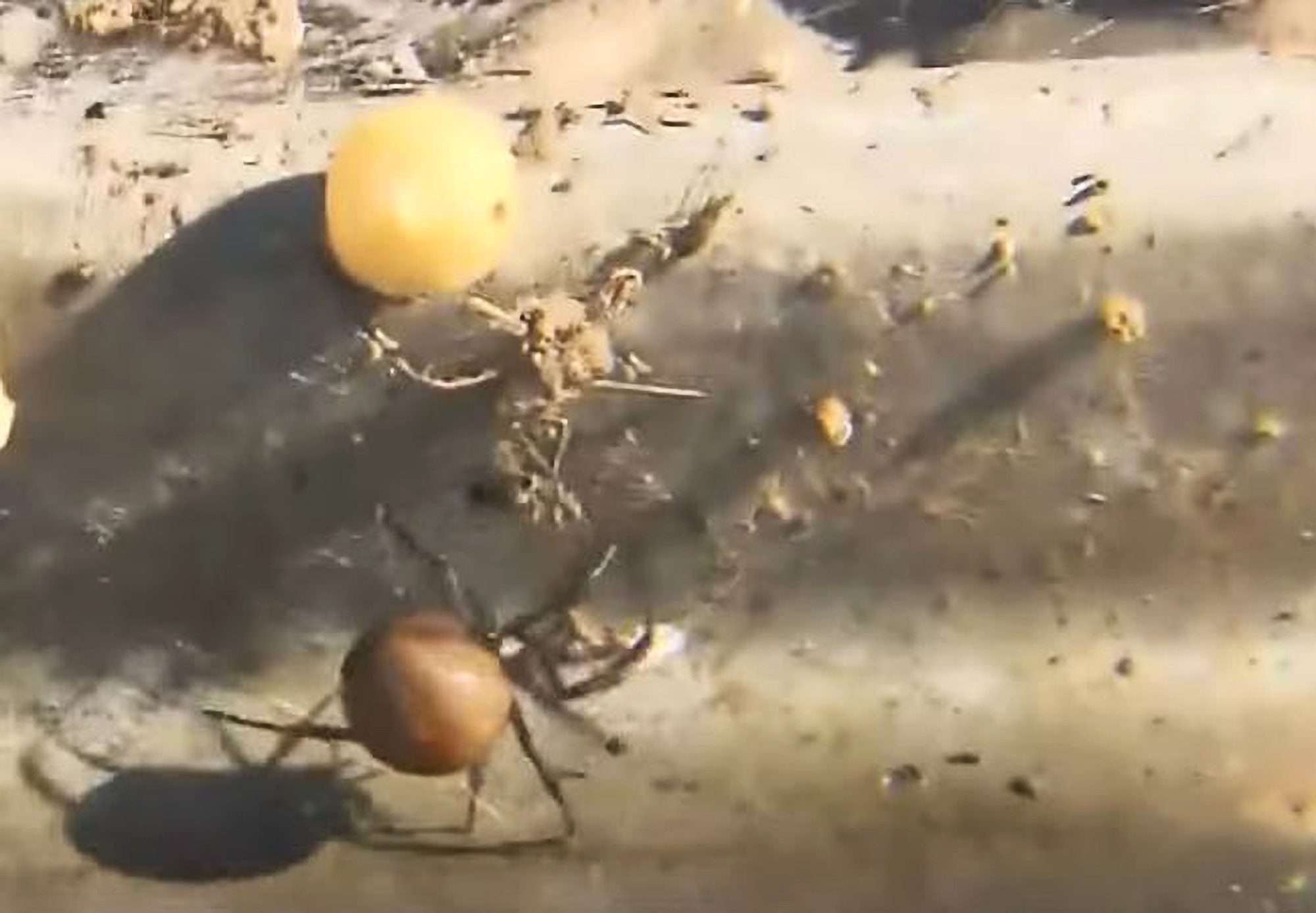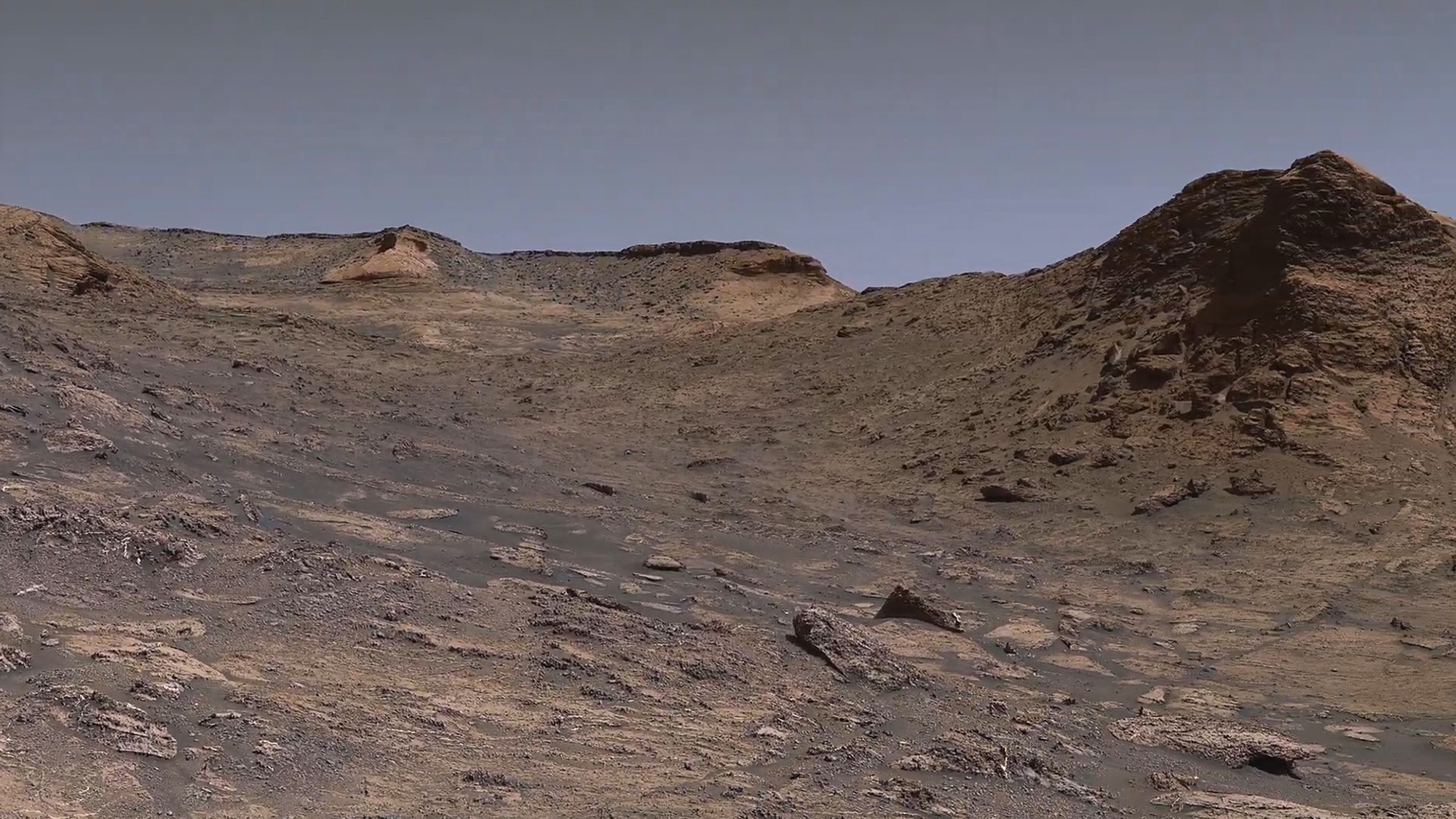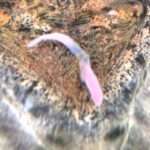The fossils of a 170-million-year-old monster have been identified as the oldest-known mega-predatory reptile closely related to the famous long-necked plesiosaurs.
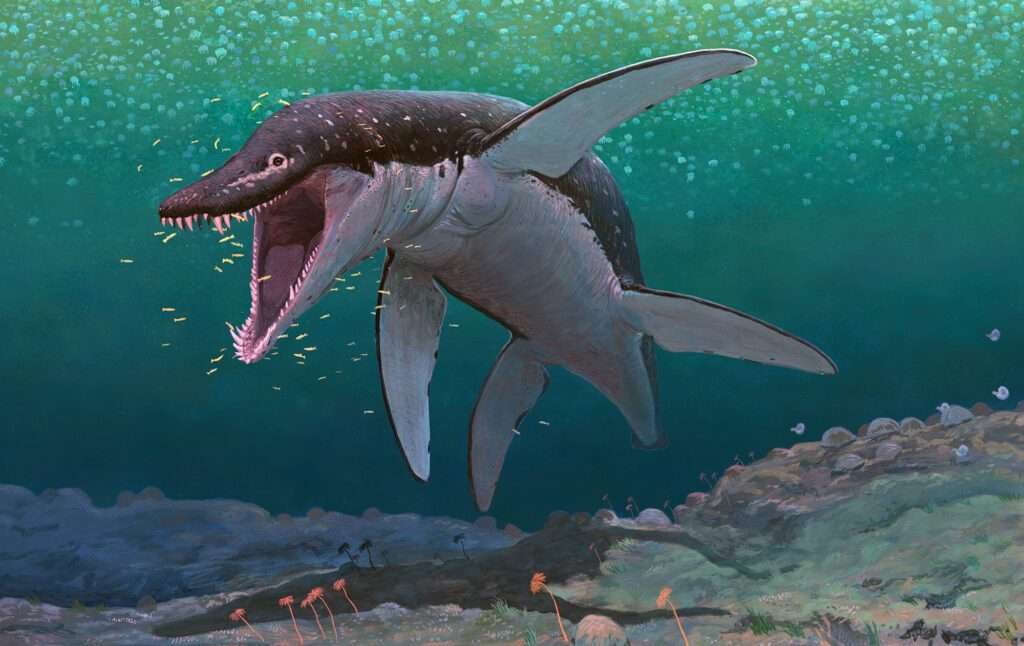
The remains of the ancient reptile, now analysed and classified as a new genus called Lorrainosaurs, were found 40 years ago in north-eastern France.
It was found to be the oldest large-bodied pliosaur represented by an associated skeleton, according to researchers from Uppsala University, in Sweden.
Scientists said it had appeared more than 200 million years ago, but it kept a low profile before it developed into a giant apex predator during the early Middle Jurassic period.
It had a 1.3-metre-long (4.2 feet) jaw with large conical teeth and a bulky ‘torpedo-shaped’ body propelled by four flipper-like limbs.
With its short neck and massive skull, it reached more than 6 metres (19.6 feet) in length from head to tail.
However, according to Naturkunde-Museum Bielefeld and study leader Sven Sachs, very little is known about plesiosaurs from that era.
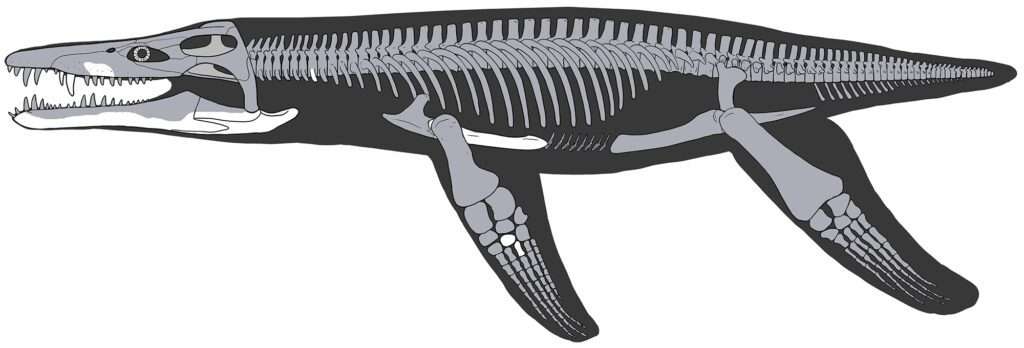
Sachs said in a statement obtained by Newsflash: “Lorrainosaurus was one of the first truly huge pliosaurs.
“It gave rise to a dynasty of marine reptile mega-predators that ruled the oceans for around 80 million years.”
Daniel Madzia from the Institute of Paleobiology of the Polish Academy of Sciences, and co-leader of the study added: “Our identification of Lorrainosaurus as one of the earliest mega-predatory pliosaurs demonstrates that these creatures emerged immediately after a landmark restructuring of marine predator ecosystems across the Early-to-Middle Jurassic boundary, some 175 to 171 million years ago.
“This event profoundly affected many marine reptile groups and brought mega-predatory pliosaurids to dominance over ‘fish-like’ ichthyosaurs, ancient marine crocodile relatives, and other large-bodied predatory plesiosaurs.”
Curator of Vertebrate Palaeontology and researcher in Palaeontology at the Museum of Evolution, at Uppsala University, Benjamin Kear, said that pliosaurs were some of the most successful marine predators of their time.
Kear explained: “Famous examples, such as Pliosaurus and Kronosaurus – some of the world’s largest pliosaurs – were absolutely enormous with body lengths exceeding 10 metres (32.8 feet).

“They were ecological equivalents of today’s Killer whales and would have eaten a range of prey, including squid-like cephalopods, large fish and other marine reptiles.
“These have all been found as preserved gut contents.”
Study co-author and curator at the Natural History Museum in Luxembourg, Ben Thuy, explained that the individual’s teeth are what remained of a once-complete skeleton that decomposed and dispersed across the ancient sea floor.
Thuy said: “The remains were unearthed in 1983 from a road cutting near Metz in Lorraine, north-eastern France.
“Palaeontology enthusiasts from the Association mineralogique et paleontologique d’Hayange et des environs recognised the significance of their discovery and donated the fossils to the Natural History Museum in Luxembourg.”
However, the remains were only mentioned in a brief report in 1994, and had remained obscure until the recent re-evaluation.
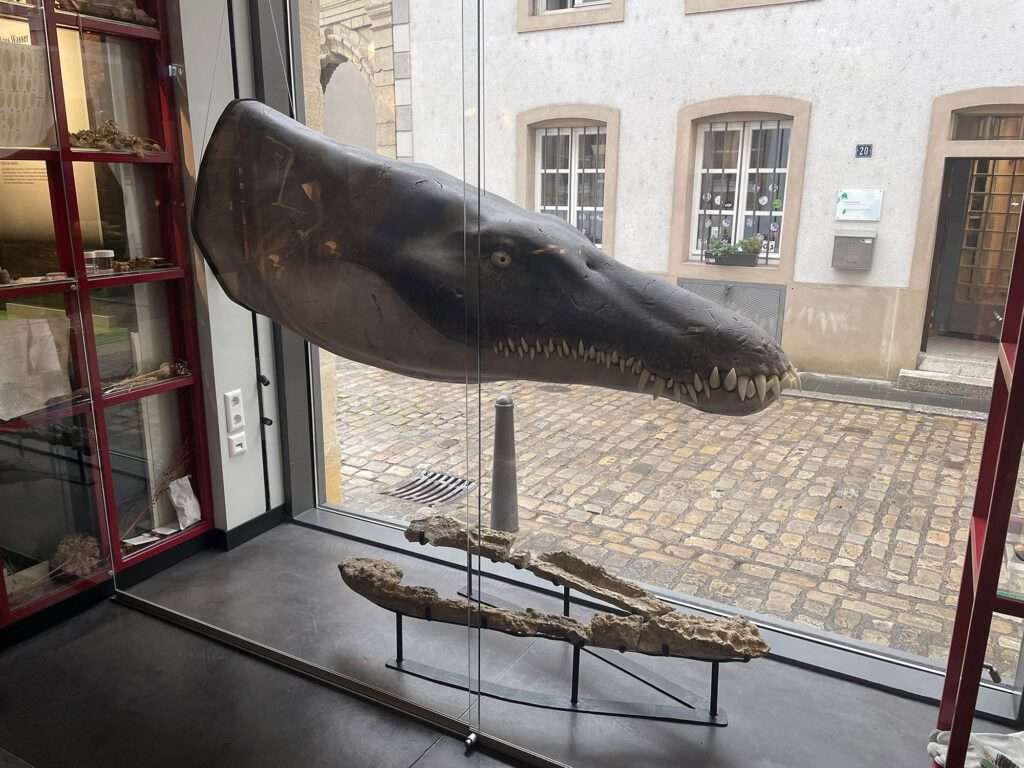
Kear said: “Lorrainosaurus is thus a critical addition to our knowledge of ancient marine reptiles from a time in the Age of Dinosaurs that has as yet been incompletely understood.”
The study was carried out by an international research team from the Naturkunde-Museum Bielefeld in Germany, the Institute of Paleobiology of the Polish Academy of Sciences in Warsaw, Poland, the Natural History Museum in Luxembourg and The Museum of Evolution at Uppsala University, in Sweden.
It was published in the open-access journal ‘Scientific reports on Monday, 16th October.


